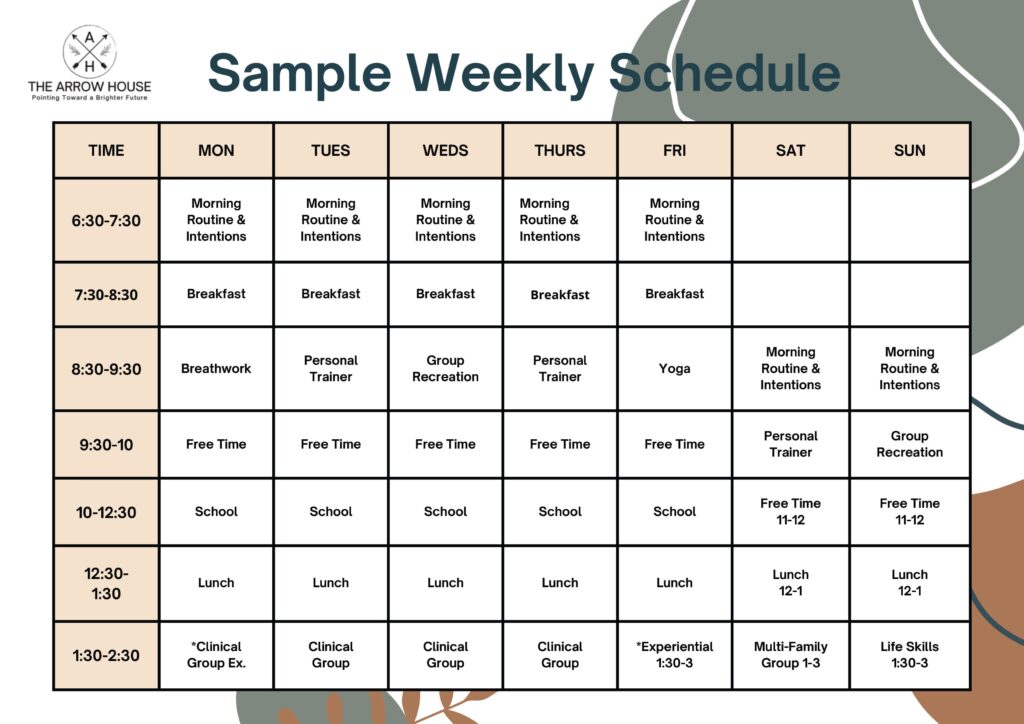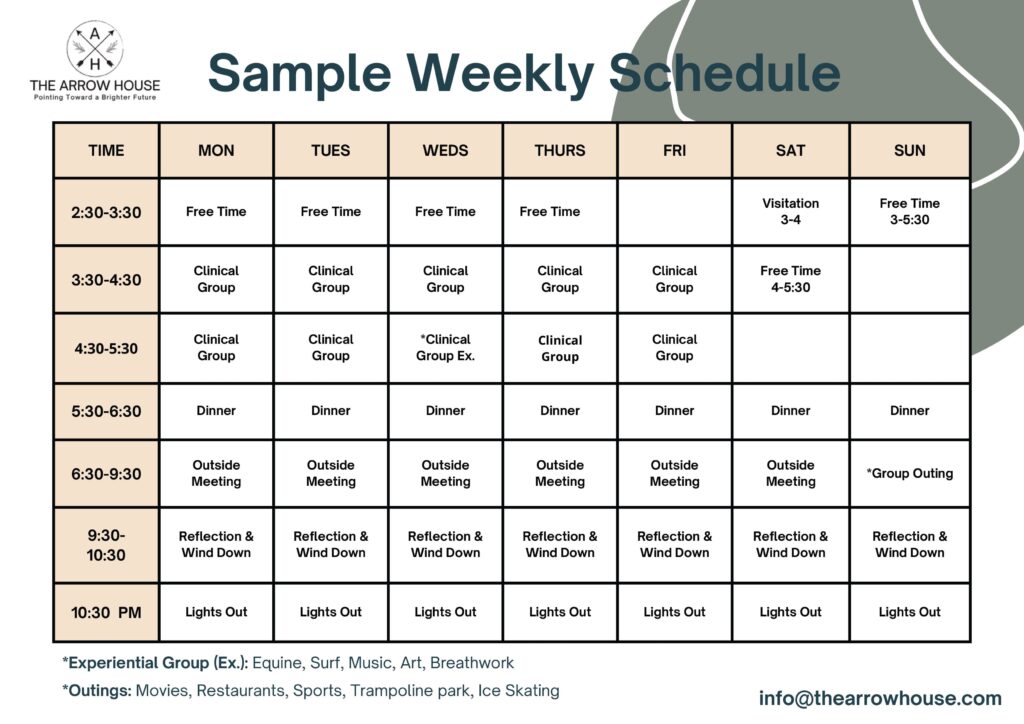Highest Level of Care at The Arrow House
How Our Therapeutic Approaches Support Your Teen
When your teenager is struggling, the impact is felt by the whole family, often leaving parents unsure of where to turn for guidance and support. At The Arrow House, we want parents to feel confident and informed, which is why we prioritize transparency about the therapeutic modalities we use. By explaining how each approach supports healing — and how it applies to your teen’s unique needs — we help parents clearly understand what treatment looks like in our home and why it works.
At The Arrow House, our adolescent residential treatment program utilizes a variety of proven therapeutic modalities to guide teens and their families toward healing. Each method is carefully chosen, designed to meet your child where they are, and facilitated by compassionate professionals who understand adolescence.
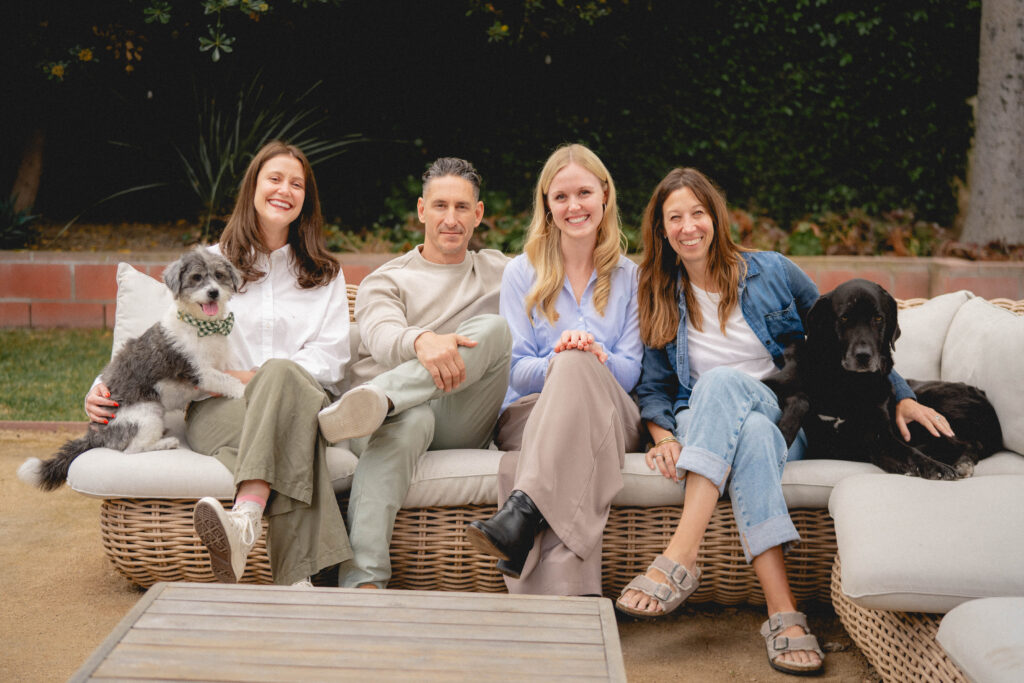
Therapeutic Modalities at The Arrow House
“Modality” may sound like a technical word, but it simply means the tools and strategies we use in therapy. Because everyteen is unique, no single approach works for everyone. That’s why The Arrow House uses a blend of evidence-basedmodalities, tailoring care to each adolescent’s specific needs.
These therapies go beyond managing symptoms — they give teens practical coping skills, help them process emotions, and strengthen relationships. For parents, this means peace of mind knowing their child is supported by approaches that are both research-driven and delivered with empathy and care.
Cognitive Behavioral Therapy (CBT)
CBT is one of the most widely used and effective therapeutic approaches for adolescents. In simple terms, CBT helps teens understand the connection between their thoughts, feelings, and behaviors. For example, a teen who thinks “I’ll never fit in” may feel anxious and avoid social situations — but through CBT, they can learn to challenge that thought, manage the anxiety, and begin building healthier, more positive experiences.
CBT teaches adolescents to:
- Recognize negative thought patterns
- Build healthier responses to stress
- Develop problem-solving skills they can use for life
CBT equips your teen with tools for today’s challenges and tomorrow’s success.
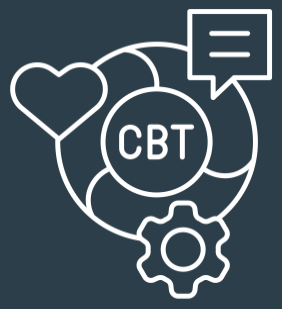
Dialectical Behavior Therapy (DBT)
Adolescence is full of intense emotions, and DBT helps teens manage those feelings while learning healthier ways to respond. For example, a teen who feels extreme frustration during an argument with a friend can use DBT skills to pause, identify their emotions, and communicate calmly — preventing conflicts from escalating and building stronger relationships.
DBT teaches adolescents:
- How to regulate emotions without shutting down
- Skills for handling conflict and stress
- Mindfulness practices that keep them grounded in the present
DBT empowers teens to pause, reflect, and make choices that support their well-being.
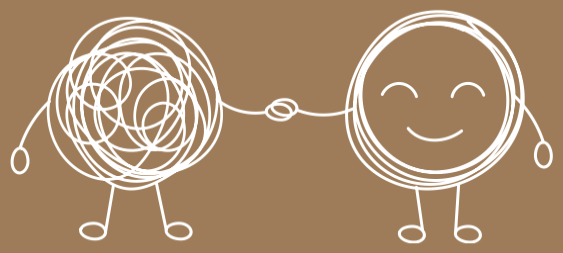
Trauma-Focused Cognitive Behavioral Therapy (TF-CBT)
Many adolescents carry difficult experiences that continue to affect their emotions and behaviors. TF-CBT provides a safe, structured way to process these experiences and lessen their impact. For example, a teen who has experienced a past loss or abuse may learn to identify and challenge painful thoughts, cope with distressing memories, and gradually regain a sense of safety and control in their daily life.
TF-CBT helps adolescents:
- Identifying triggers in a supportive setting
- Build coping strategies to feel more secure within themselves
- Restores a sense of safety and trust in themselves and others
TF-CBT helps teens process past trauma and regain a sense of safety and control.
For additional resources on trauma-informed care, the National Child Traumatic Stress Network provides helpful insights.

Family Systems Therapy
At The Arrow House, we believe healing is a family journey. Family Systems Therapy involves parents and caregivers as active participants, not observers, helping to strengthen bonds and restore communication. For example, during a session, a parent and teen might practice expressing needs and listening to each other in a structured way, helping them resolve conflicts and build trust that carries into everyday life.
Family Systems help:
- Recognize and change unhelpful patterns at home
- Improve listening and problem-solving
- Rebuild trust and connection
Family Systems Therapy strengthens bonds, restores communication, and supports healing together.
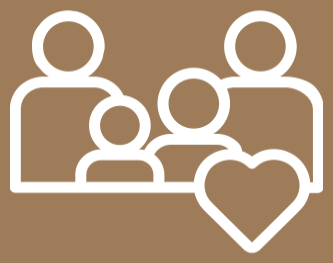
Psychoeducation
Psychoeducation equips teens and families with practical tools to understand mental health, emotions, and relationships. For example, a teen struggling with anxiety might learn to identify triggers, recognize early warning signs, and use coping strategies at home or school — empowering both the teen and their family to navigate challenges with confidence.
This modality helps adolescents:
- Understand the “why” behind their struggles
- Reduce shame or confusion around mental health.
- Gain confidence in asking for help
Knowledge is power. Psychoeducation empowers teens and families with knowledge, tools, and understanding for lasting growth.

Group Therapy
We know adolescents often feel isolated in their struggles. Group therapy provides a safe space to connect with peers who understand and share similar experiences. For example, a teen dealing with social anxiety might participate in a group discussion where others share coping strategies, helping them feel less alone while practicing communication and empathy in a supportive environment.
Group helps adolescents:
- Share experiences without judgment
- Build empathy by listening to others
- Practice healthier ways of communicating
Group therapy builds connection, empathy, and support through shared experiences.
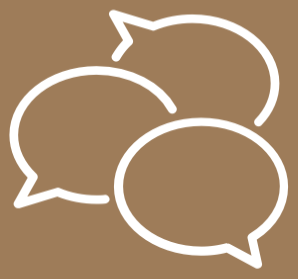
Equine Therapy
Equine therapy or working with horses helps adolescents develop responsibility, empathy, and self-awareness in a hands-on, experiential way. Horses are highly intuitive and mirror human emotions, providing immediate, nonjudgmental feedback. For example, a teen who feels frustrated or withdrawn may notice that a horse responds with tension or avoidance, helping them recognize and regulate their own emotions.
How Equine Therapy helps healing:
- Reinforces a sense of accomplishment which builds confidence and self-esteem
- Encourages patience, calmness, and trust
- Teaches consistency, follow-through, and awareness of consequences
Equine therapy fosters confidence, empathy, and self-awareness through connection with horses.

Surf Therapy
Surf therapy combines the physical benefits of surfing with therapeutic support to promote emotional well-being and resilience. For example, a teen struggling with low confidence might face the challenge of riding a wave for the first time. With guidance from trained and certified staff, they learn to manage fear, set small achievable goals, and celebrate successes, fostering a sense of accomplishment, self-efficacy, and connection to the present moment.
Surf Therapy helps teens:
- Learn resilience and persistence
- Regulate their emotions and manage fear, frustration, or excitement
- Build confidence and self-efficacy in what they can accomplish
Surf Therapy builds resilience, confidence, and emotional balance, one wave at a time.

Making Therapy Understandable and Effective
We know that it can be easy for parents to feel lost in the clinical names of therapies. At The Arrow House, we want families to understand that therapeutic modalities are simply pathways toward healing — and when combined with compassion, structure, and personalized care, they are genuinely effective.
What Sets The Arrow House Apart
What truly sets The Arrow House apart is that we don’t just use therapeutic modalities — we bring them to life in ways that foster trust, build resilience, and inspire hope. Our intentionally small, close-knit team is fully dedicated to guiding both adolescents and their families through this challenging moment. By working closely with each teen and family, we provide personalized support, ensure every voice is heard, and help families move beyond struggle toward lasting growth and renewed confidence.
Next Steps for Parents
You don’t need to understand every therapy term to know that your child deserves support. At The Arrow House, our team will guide you through the process and support you every step of the way.
Receive a consultation today to speak with a caring team member and to take the first step toward hope, connection, and healing.


